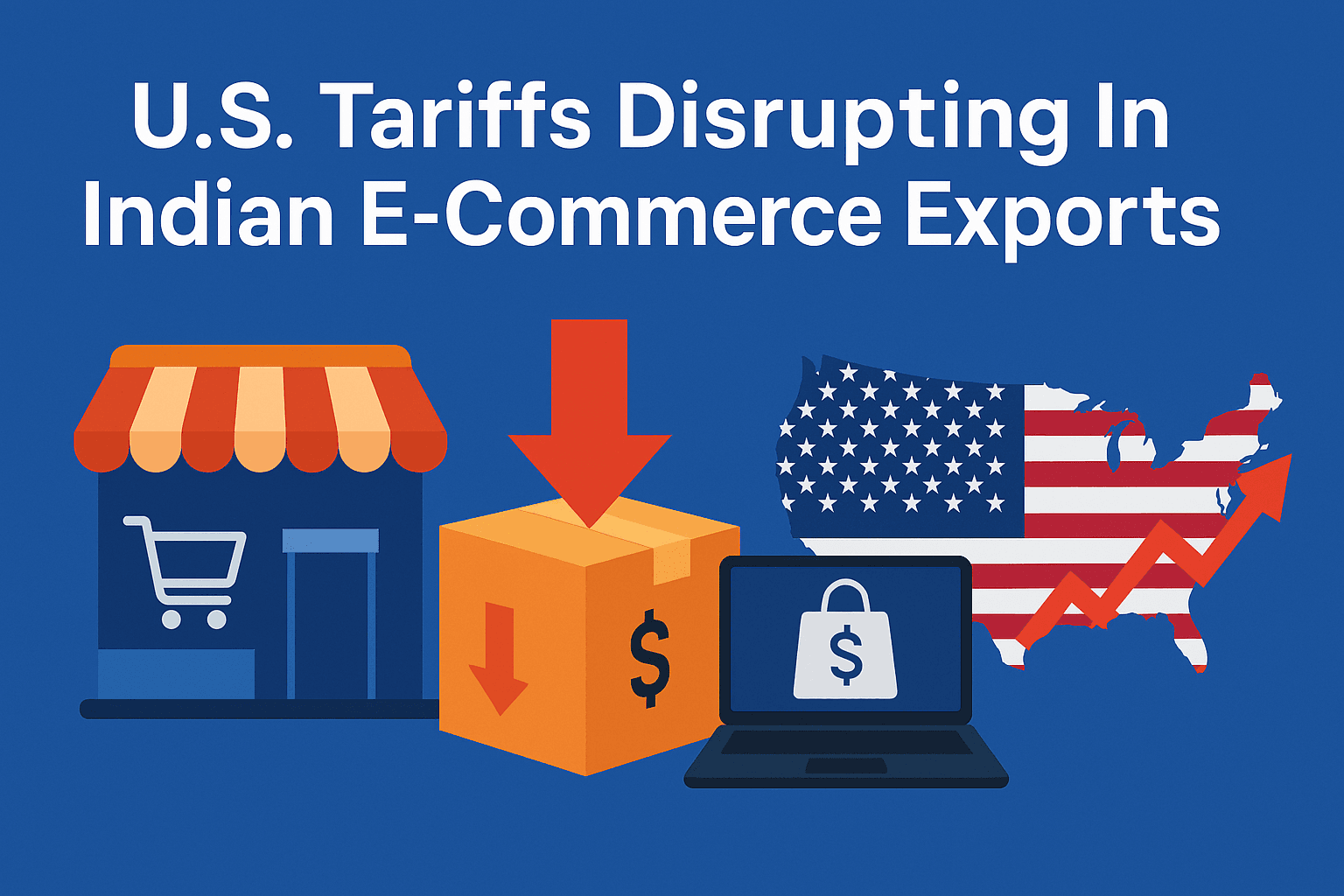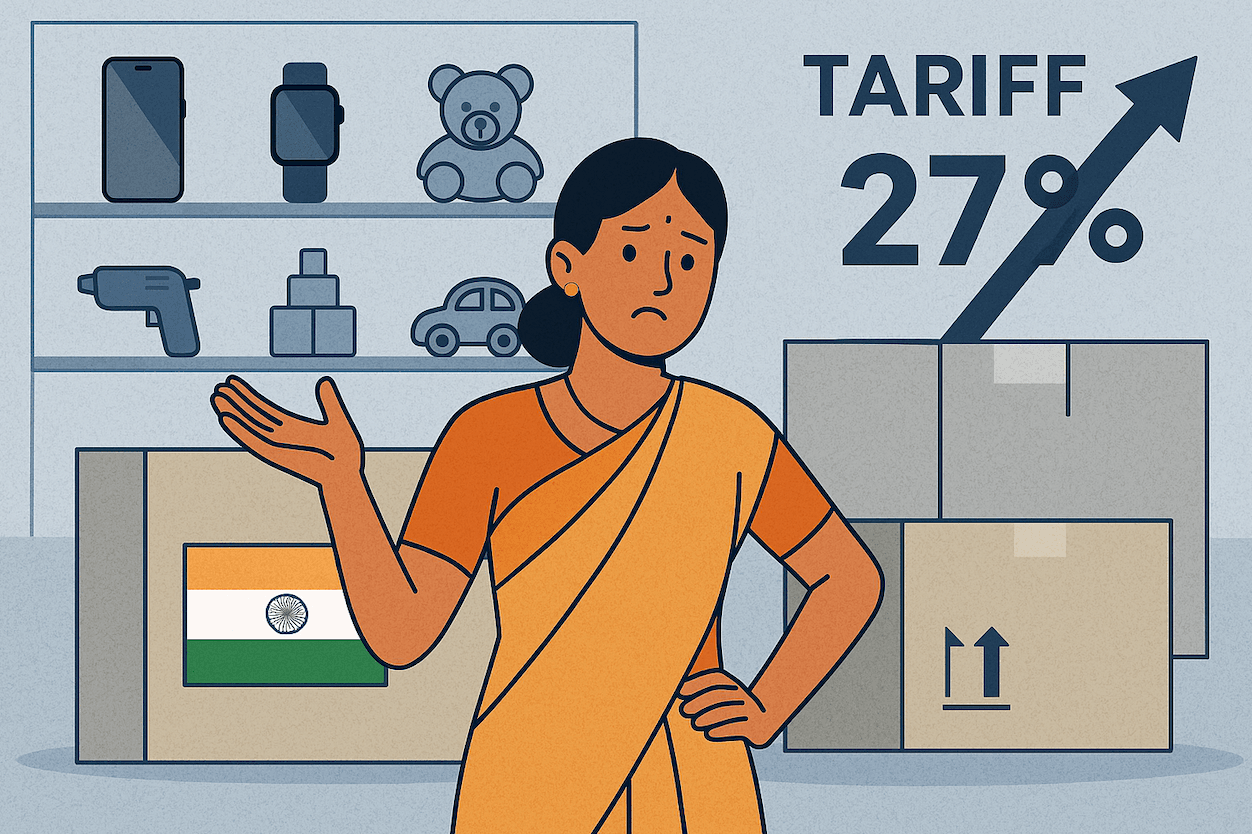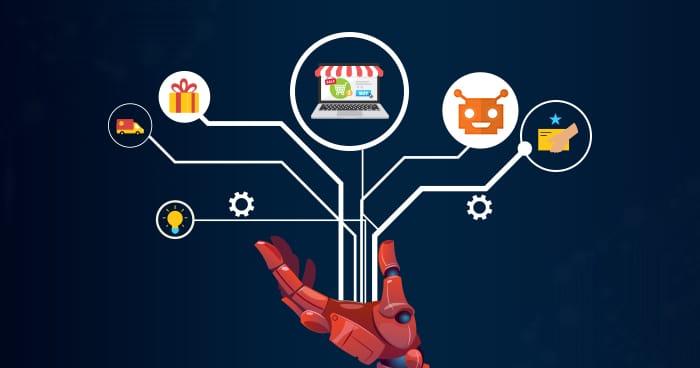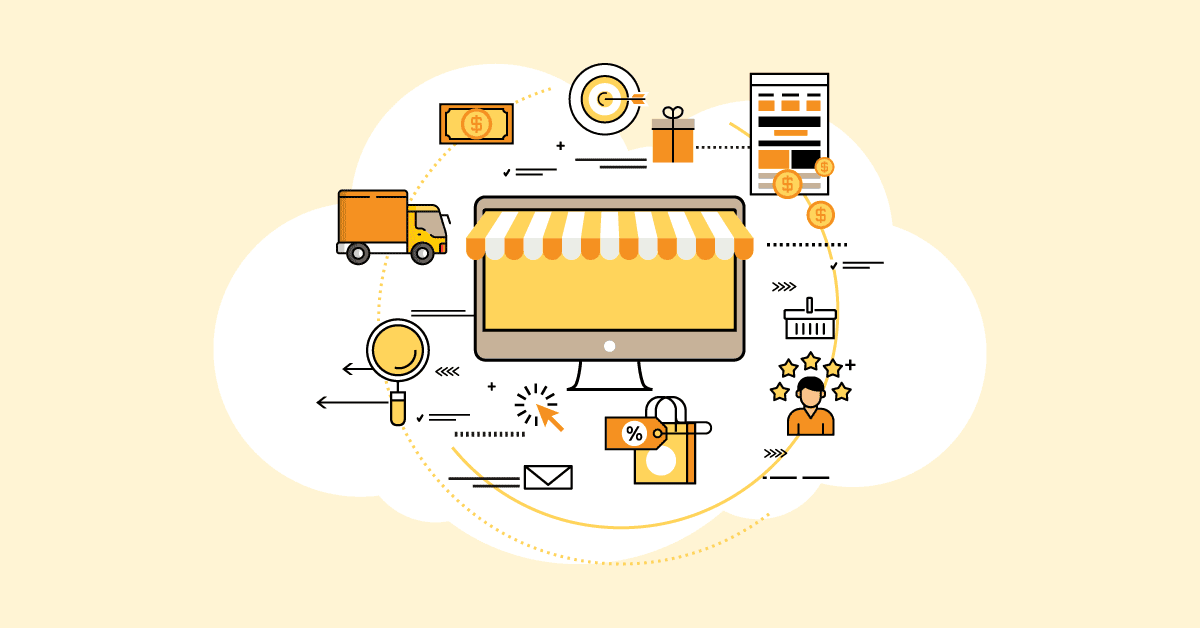
On April 9, 2025, the U.S. government, under President Donald Trump, imposed a 27% tariff on Indian goods entering the United States. This sweeping decision is part of a new protectionist trade strategy targeting major exporters like:
- China – 54%
- Vietnam – 46%
- Bangladesh – 37%
- Thailand – 36%
- India – 27%
This tariff has sent shockwaves through India’s cross-border e-commerce ecosystem, especially for small businesses and D2C brands reliant on U.S. customers.
⚡ What Does a 27% Tariff Mean for Indian E-Commerce?
If you're an Amazon India seller, a Shopify brand, or an Etsy artisan exporter, the implications are serious:
- Your products will become more expensive in the U.S.
- Your margins may shrink or disappear
- Your conversion rates may drop due to higher prices
For example, a ₹2,000 ($24) product could now cost over $30+ in the U.S. after duties and shipping, reducing your competitiveness.
🛍️ Industries Most Affected by the U.S. Tariff
Several sectors are particularly vulnerable to this change:
- 👗 Fashion & Jewelry
- 📱 Consumer Electronics (chargers, wearables, audio gear)
- 🧸 Toys & Games
- 🚗 Auto Components
- ⚙️ Engineering Goods
- 🐟 Marine & Seafood Exports
These categories often have thin margins and high shipping costs, making tariff hikes especially painful.
📉 Key Challenges for Indian E-Commerce Exporters
- Price Sensitivity: U.S. customers may opt for cheaper alternatives from tariff-free countries.
- Fulfillment Complexity: Cross-border logistics becomes more expensive and slower.
- Customs Compliance: More documentation and possible delays at U.S. ports.
- Cash Flow Issues: Inventory movement slows, affecting revenue cycles.

🚀 How Indian Sellers Can Respond to the Tariff Shock
While the situation is serious, it's not without opportunity — especially if India moves fast to fill gaps left by tariff-hit countries like China and Vietnam.
✅ 1. Diversify Export Markets
Don’t rely solely on the U.S. Explore emerging e-commerce hubs:
- 🌍 Middle East (UAE, Saudi Arabia via Amazon.ae or Noon)
- 🇪🇺 Europe (Germany, France, Netherlands)
- 🇸🇬 Southeast Asia (Singapore, Malaysia)
✅ 2. Re-Optimize Product & Fulfillment Strategy
- Offer lighter variants of products to cut shipping weight.
- Use bundles or value packs to improve perceived value.
- Consider U.S.-based warehousing like Amazon FBA to reduce landed costs.
✅ 3. Double Down on Brand Building
Compete on value, not price. Focus on:
- Brand storytelling: Emphasize your origin, mission, or craftsmanship.
- Niche positioning: Target communities looking for Indian, handmade, or ethical products.
- Premium presentation: Invest in better visuals, packaging, and trust signals.
✅ 4. Leverage Platforms and Tools
- Amazon SellerFlex for smoother fulfillment
- Shopify Markets to localize pricing and currencies
- Etsy Global Shipping for simplified logistics
- Helium 10 / Jungle Scout for competitive insights
- Payoneer / Wise for better international payouts
✅ 5. Collaborate on Policy & Infrastructure
Get involved in industry-led advocacy to push for:
- Tariff rebates or trade deals
- Infrastructure improvements at ports
- Customs and documentation reforms
- Better access to export financing for MSMEs
🌍 India’s Strategic Opportunity — If We Act Fast
While tariffs present a short-term threat, they also open a once-in-a-decade opportunity.
Countries like China and Bangladesh face even higher tariffs. If India can:
- Invest in manufacturing
- Simplify export compliance
- Upgrade logistics infrastructure
…it can fill the vacuum and become a preferred sourcing hub for global buyers seeking China alternatives.
📌 Final Thoughts
The new U.S. tariff on Indian exports isn’t just a trade policy — it’s a wake-up call for Indian e-commerce.
For sellers on Amazon, Shopify, Etsy, and beyond, the next 6–12 months are critical. You can either:
- Pivot and build a resilient cross-border model
- Or fall behind in a rapidly shifting global trade environment
The decision is yours.


